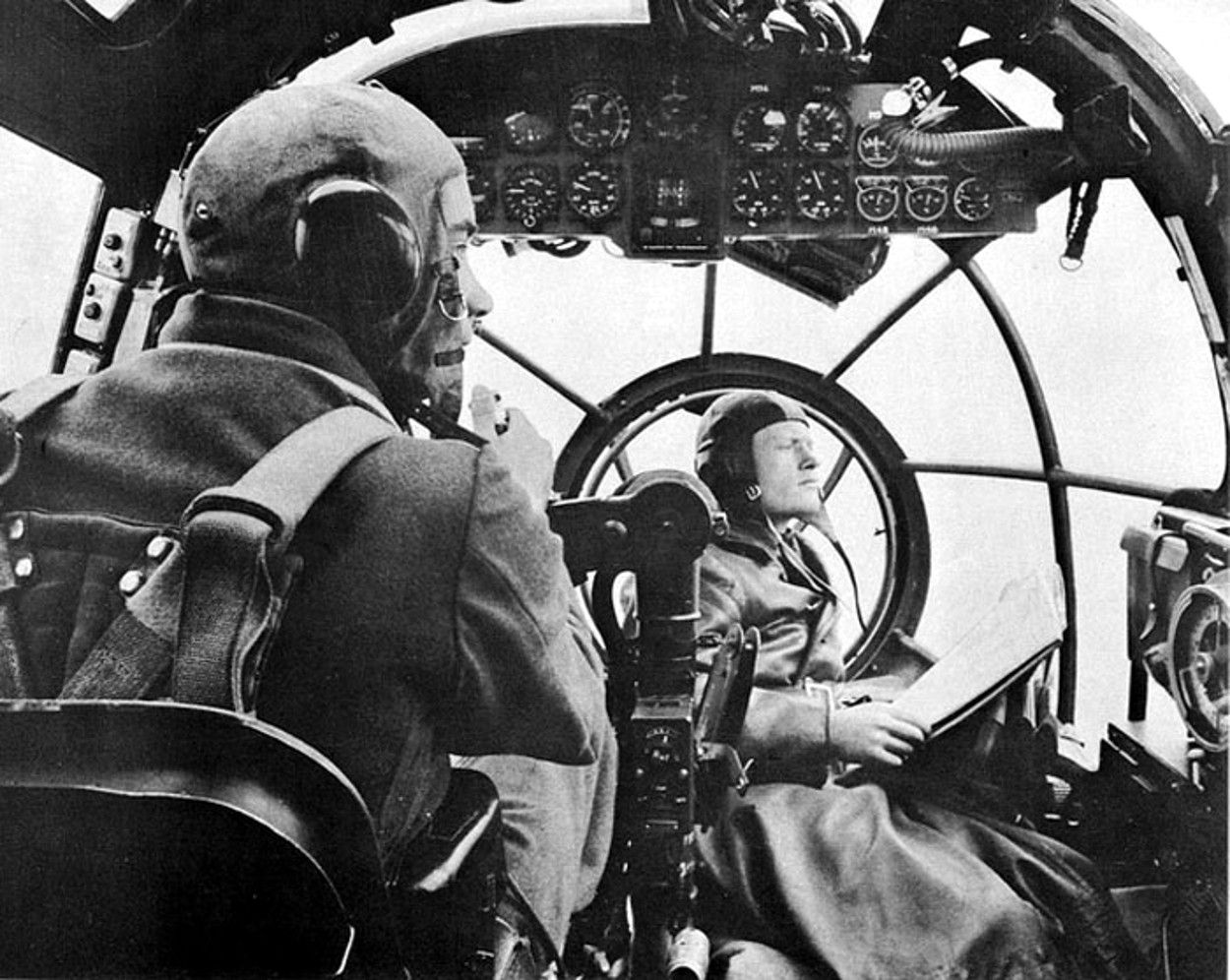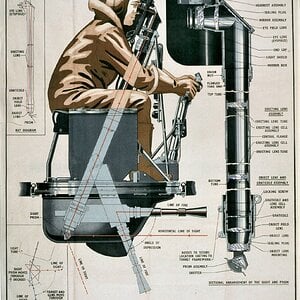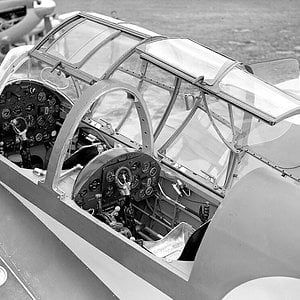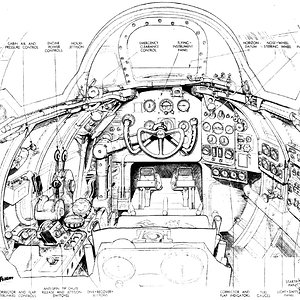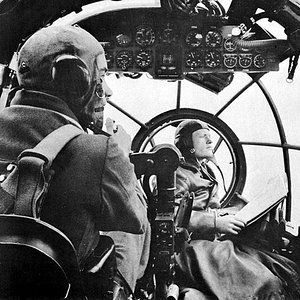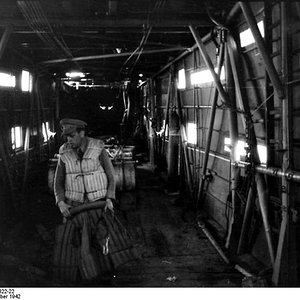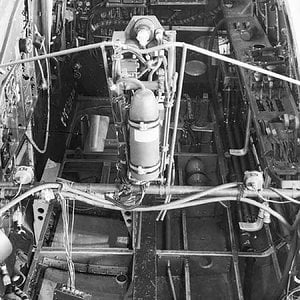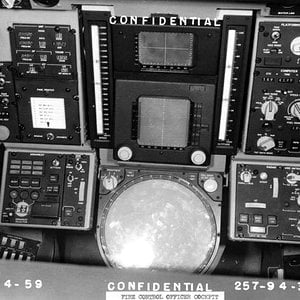Navigation
Install the app
How to install the app on iOS
Follow along with the video below to see how to install our site as a web app on your home screen.
Note: This feature may not be available in some browsers.
More options
You are using an out of date browser. It may not display this or other websites correctly.
You should upgrade or use an alternative browser.
You should upgrade or use an alternative browser.
Despite what should have been a dead-end street, the twin-obsessed Zwillingsbiber brothers worked until the very end of the war on improving the design. Unfortunately, the managers at Heinkel were no longer interested in the giant white elephant. With disaster around the corner, they sent Martin to work underground at the secret Heinkel He 162 Volksjager plant at Hinterbrühl. there he was kept out of trouble as a Quality Control manager 50 feet below ground. Dieter remained at Mecklenburg-Vorpommern as an office clerk until his capture by the Red Army in 1945.
When he was captured, Deiter Zwillingsbiber claimed to be Heinkel's senior designer, which, given that all the others had long ago headed for the American front line, he was. The Russians were under the mistaken impression that they had captured a weapons designer of the caliber of Verner von Braun, Kurt Tank or even Werner Heisenberg. They hustled him off to Moscow, and treated him with great respect, and though guarded always, provided him with a small apartment and even a car. Zwillingsbiber loved the special treatment. He was soon assigned to the Antonov Design Bureau in the Ukraine, where he was surrounded by the brightest and most highly regarded aircraft designers from the galaxy of Soviet satellite republics. Here, in front of them, stood a designer of the stature if Messerschmitt or Tank, whose genius had nearly broken apart the Communist Soviet and strewn it across the Steppe. The German aircraft designers were mythical, even to a young Soviet aircraft designer. Any one of these talented men would crawl over 100 kilometers of broken dreams to kiss the hand that had created the dihedrals and cambers at the leading edge of Nazi X-plane programs... perhaps even the designer of the Triebflugel, Bachem-Natter or Huckebein. Instead, Zwillingsbiber had designed the aircraft that had been then laughing stock of the Soviet Air Defence Forces - the mirth-inducing Shitbird, or as the Reds called it, the “Zavetnaya tsel'” (заветная цель) - the Dream Target.
Due to his fixation on the bizarre side of aerospace design, it wasn't long before Dieter was taking the tram to work and sharing a filthy flat with four families. Left to his own devices at Antonov OKB, he proposed a number of strange aircraft concepts - a jet powered bi-plane, a supersonic bomber with fixed landing gear and a twin Antonov An2 for battlefield reconnaissance. After just one year, he was deemed harmless and left unguarded and unmonitored. After two years, he was back in the aircraft tug business, but when he designed a new three-ton tug that was to be integral to the actual aircraft fuselage itself and was to travel with the aircraft, Antonov had had enough. In August of 1949, Zwillingsbiber was transferred to a division of the bureau that had been retooled to meet a new quota for refrigerators, hotplates and laundry presses
When he was captured, Deiter Zwillingsbiber claimed to be Heinkel's senior designer, which, given that all the others had long ago headed for the American front line, he was. The Russians were under the mistaken impression that they had captured a weapons designer of the caliber of Verner von Braun, Kurt Tank or even Werner Heisenberg. They hustled him off to Moscow, and treated him with great respect, and though guarded always, provided him with a small apartment and even a car. Zwillingsbiber loved the special treatment. He was soon assigned to the Antonov Design Bureau in the Ukraine, where he was surrounded by the brightest and most highly regarded aircraft designers from the galaxy of Soviet satellite republics. Here, in front of them, stood a designer of the stature if Messerschmitt or Tank, whose genius had nearly broken apart the Communist Soviet and strewn it across the Steppe. The German aircraft designers were mythical, even to a young Soviet aircraft designer. Any one of these talented men would crawl over 100 kilometers of broken dreams to kiss the hand that had created the dihedrals and cambers at the leading edge of Nazi X-plane programs... perhaps even the designer of the Triebflugel, Bachem-Natter or Huckebein. Instead, Zwillingsbiber had designed the aircraft that had been then laughing stock of the Soviet Air Defence Forces - the mirth-inducing Shitbird, or as the Reds called it, the “Zavetnaya tsel'” (заветная цель) - the Dream Target.
Due to his fixation on the bizarre side of aerospace design, it wasn't long before Dieter was taking the tram to work and sharing a filthy flat with four families. Left to his own devices at Antonov OKB, he proposed a number of strange aircraft concepts - a jet powered bi-plane, a supersonic bomber with fixed landing gear and a twin Antonov An2 for battlefield reconnaissance. After just one year, he was deemed harmless and left unguarded and unmonitored. After two years, he was back in the aircraft tug business, but when he designed a new three-ton tug that was to be integral to the actual aircraft fuselage itself and was to travel with the aircraft, Antonov had had enough. In August of 1949, Zwillingsbiber was transferred to a division of the bureau that had been retooled to meet a new quota for refrigerators, hotplates and laundry presses

